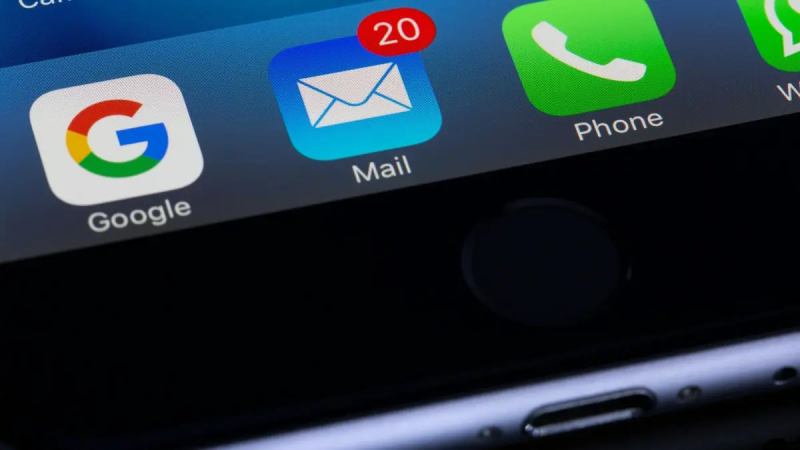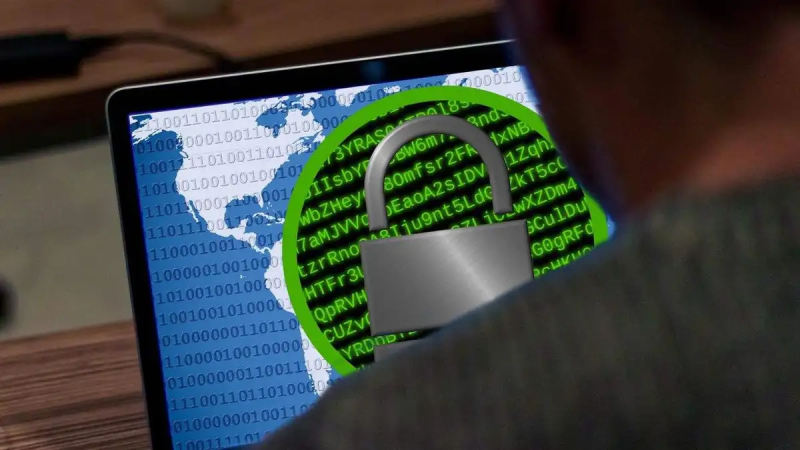Why am I getting spam from my own email address how to stop it
Over the years, scammers have become very inventive in their efforts to swindle you out of your money, privacy, security and sanity.
They have pretended to be everything from your family, friends, employers, insurance companies and financial institutions.
Now, they are taking it a step further and sending emails from you. That’s right, these scammers are spoofing your email address to make it appear as though the emails you are receiving are coming from your own address.
GET SECURITY ALERTS, EXPERT TIPS - SIGN UP FOR KURT’S NEWSLETTER - THE CYBERGUY REPORT HERE

Illustration of a man upset over email spoofing (Kurt "CyberGuy" Knutsson)
What is spoofing?
When scammers spoof your email address, they forge it to make it appear as if it is being sent from someone other than the original sender. Unfortunately, spoofing email addresses is quite easy, as most email service providers don’t check the legitimacy of what a sender inputs in the "From" field when sending an email.
Additionally, scammers can save a different name for any email address in their contacts and then use that. For instance, even if an email address is scammer@gmail.com, it can be saved in contacts with the first and last name of the contact as "John Smith." When the email reaches the recipient, the recipient simply sees that they received an email from "John Smith."
HOW TO REMOVE YOUR PRIVATE DATA FROM THE INTERNET

Image of Mail app (Kurt "CyberGuy" Knutsson)
THIS IS HOW YOUR EMAIL GETS INTO THE WRONG HANDS
Why do scammers spoof your email?
While it seems odd to send someone an email from their own address, it makes perfect sense to scammers. Below are two reasons why scammers use your own address to spam you:
1. Bypass spam filters: With their own email addresses likely to get flagged as spam or sent to the junk folder, they spoof your email address as it will likely get past the filters.
2. Appears legitimate: You are more likely to believe in the legitimacy of the email if it comes from what appears to be your own account.

Illustration of locking up your information (Kurt "CyberGuy" Knutsson)
DON’T CLICK THAT LINK! HOW TO SPOT AND PREVENT PHISHING ATTACKS IN YOUR INBOX
What can I do to prevent spoofing?
Unfortunately, there is no foolproof way to prevent someone from spoofing your email address, but you can take steps to protect yourself.
Check your email account: Double-check to make sure that this email did not come from your email account by checking the draft and sent folders. If you can check to see where you are logged on to your email account, make sure that your email account isn’t open on an unrecognizable device.
GET FOX BUSINESS ON THE GO BY CLICKING HERE
Secure your email account: If you don’t already have a strong, unique password and have two-factor authentication turned on, change your password and enable two-factor authentication. Also, consider using a password manager to generate and store complex passwords.
Don’t click links or respond: You know the drill: never click on any links or open any attachments. The best way to safeguard yourself from malicious links that install malware, potentially accessing your private information, is to have antivirus software installed on all your devices. This protection can also alert you to phishing emails and ransomware scams, keeping your personal information and digital assets safe. Get my picks for the best 2024 antivirus protection winners for your Windows, Mac, Android and iOS devices.
Report spam: As annoying as it is, keep flagging and reporting these spam emails so that your email service provider can improve your spam filters.
Set up filters: If there are some common phrases or words used in these emails, set up a filter to flag and move emails with these characteristics into your spam or junk folder.
Contact your email service provider: Some email service providers have specific options such as tools or procedures for handling spoofed emails.
WHAT IS ARTIFICIAL INTELLIGENCE (AI)?
Don't reply to scammers: While it may be tempting to give these scammers a piece of your mind, resist the urge to reply to these scammers. It will only confirm that their email was able to bypass the filters and that you are indeed the owner of a valid, active email account.
Invest in personal data removal services: While no service promises to remove all your data from the internet, having a removal service is great for protecting your information from spammers and data brokers, as well as for constantly monitoring and automating the process of removing your information from hundreds of sites continuously over a longer period of time. Check out my top picks for data removal services here.
HOW TO BLOCK THOSE UNWANTED AND ANNOYING SPAM EMAILS
Kurt’s key takeaways
It is no doubt exhausting to keep yourself safe from endless spam emails. Now, scammers are using your own name and email address against you. While it isn’t possible to keep your email address out of a scammer's digital Rolodex because your emails are likely up for sale by data brokers, following the same simple steps listed in the article can keep you sane and safer.
CLICK HERE TO GET THE FOX NEWS APP
Have you received a spam email from yourself? What’s the most believable spam email you received? What made you realize it was spam? Let us know by writing us at Cyberguy.com/Contact.
For more of my tech tips and security alerts, subscribe to my free CyberGuy Report Newsletter by heading to Cyberguy.com/Newsletter.
Ask Kurt a question or let us know what stories you'd like us to cover.
Follow Kurt on his social channels:
- YouTube
Answers to the most asked CyberGuy questions:
- What is the best way to protect your Mac, Windows, iPhone and Android devices from getting hacked?
- What is the best way to stay private, secure and anonymous while browsing the web?
- How can I get rid of robocalls with apps and data-removal services?
- How do I remove my private data from the internet?
Copyright 2024 CyberGuy.com. All rights reserved.
Disclaimer: The copyright of this article belongs to the original author. Reposting this article is solely for the purpose of information dissemination and does not constitute any investment advice. If there is any infringement, please contact us immediately. We will make corrections or deletions as necessary. Thank you.







